Deep Shore
Spiros Hadjidjanos, Marei Loellmann, Carolin Seeliger
conceived & assisted by Stephan Klee
Vernissage
Fri 24 May 6 – 9 pm
opening hours
25 May – 22 Jun 2024
Wed – Sat 2 – 6 pm
and by personal appointment
location
frontviews at HAUNT
Kluckstraße 23 A Yard
D – 10785 Berlin
social media
IG #frontviews_
This project is profoundly supported by Senate Departement for Culture and Social Cohesion. It´s also made possible with the initiative of the whole collective.
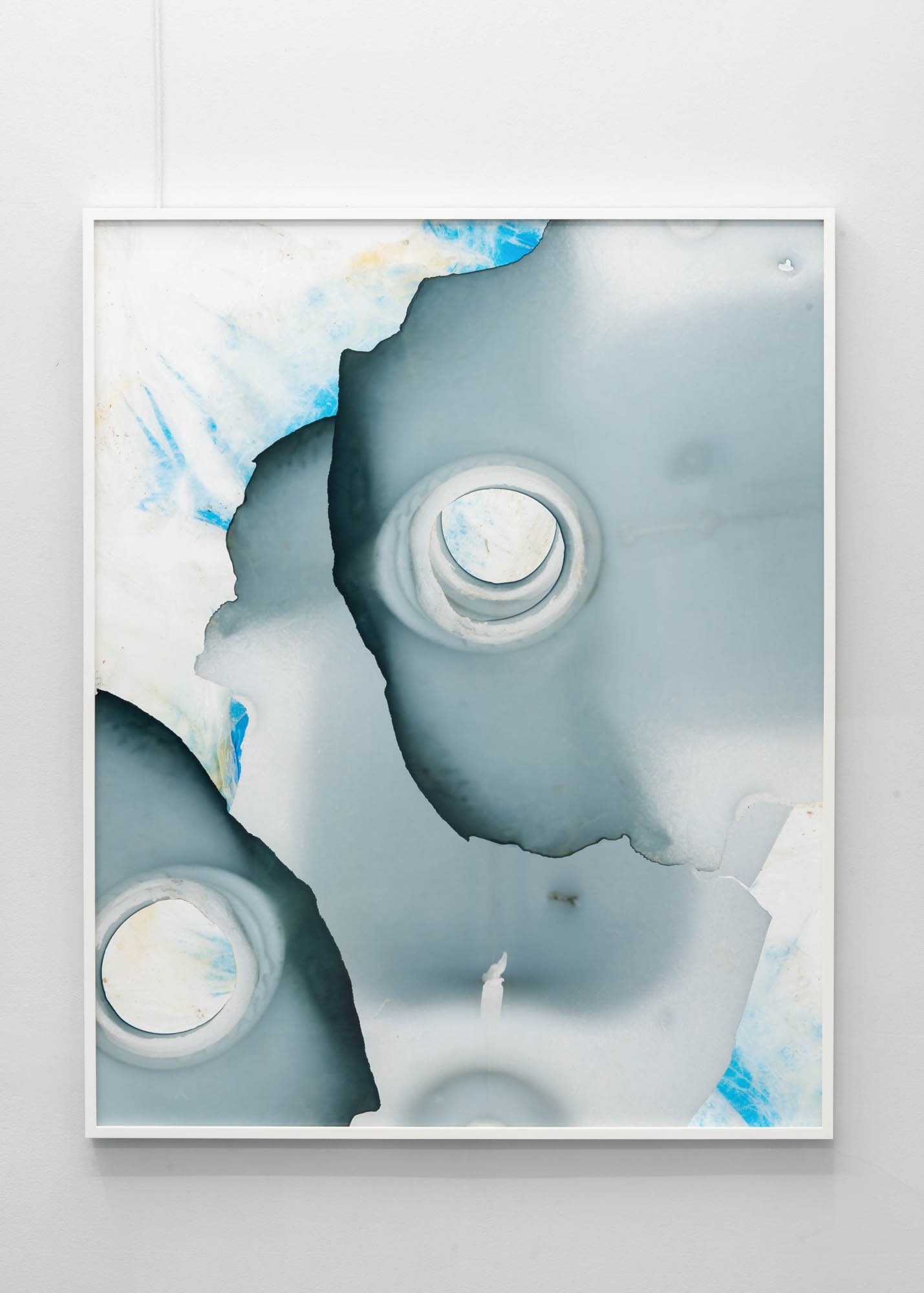
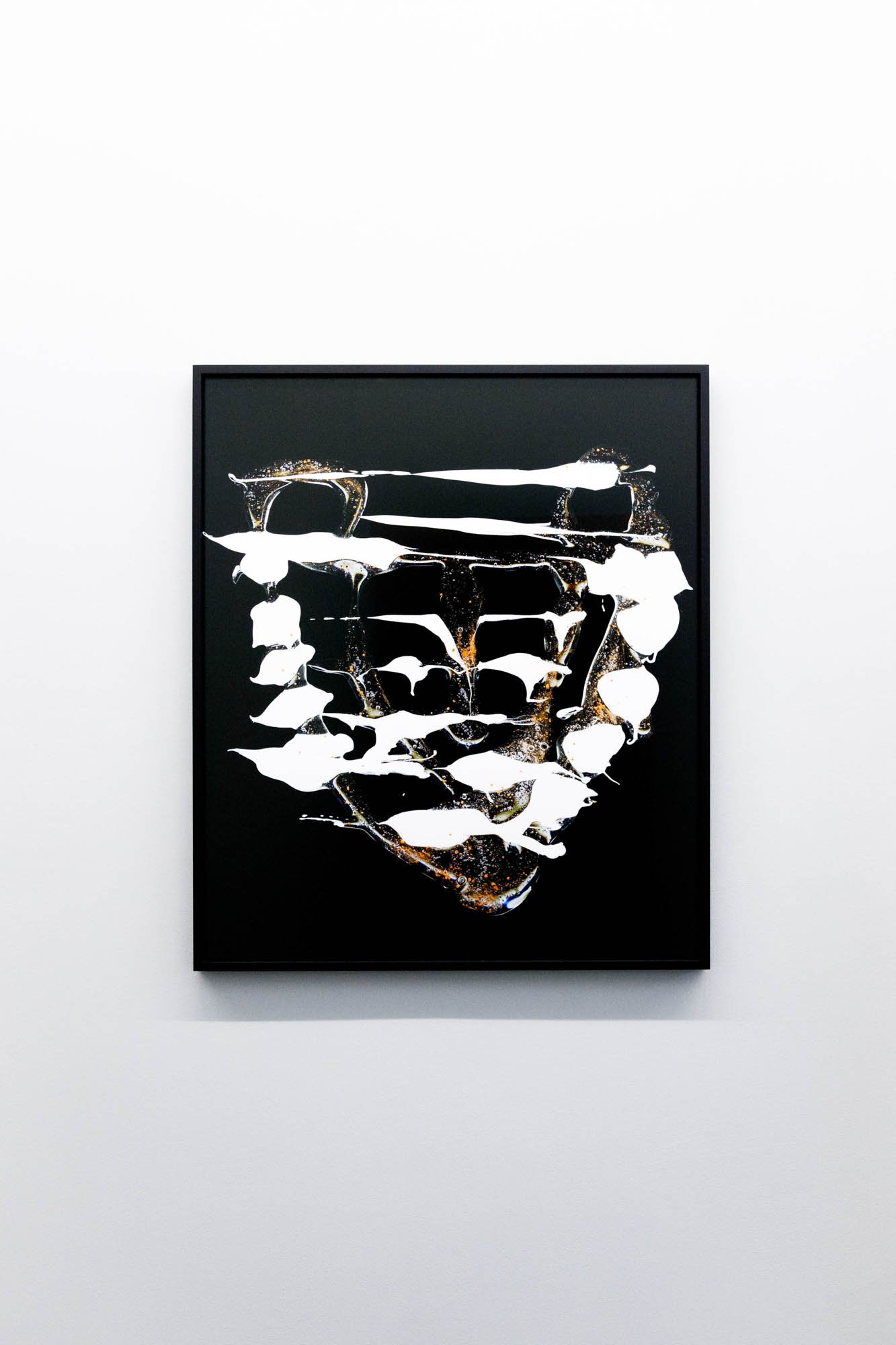

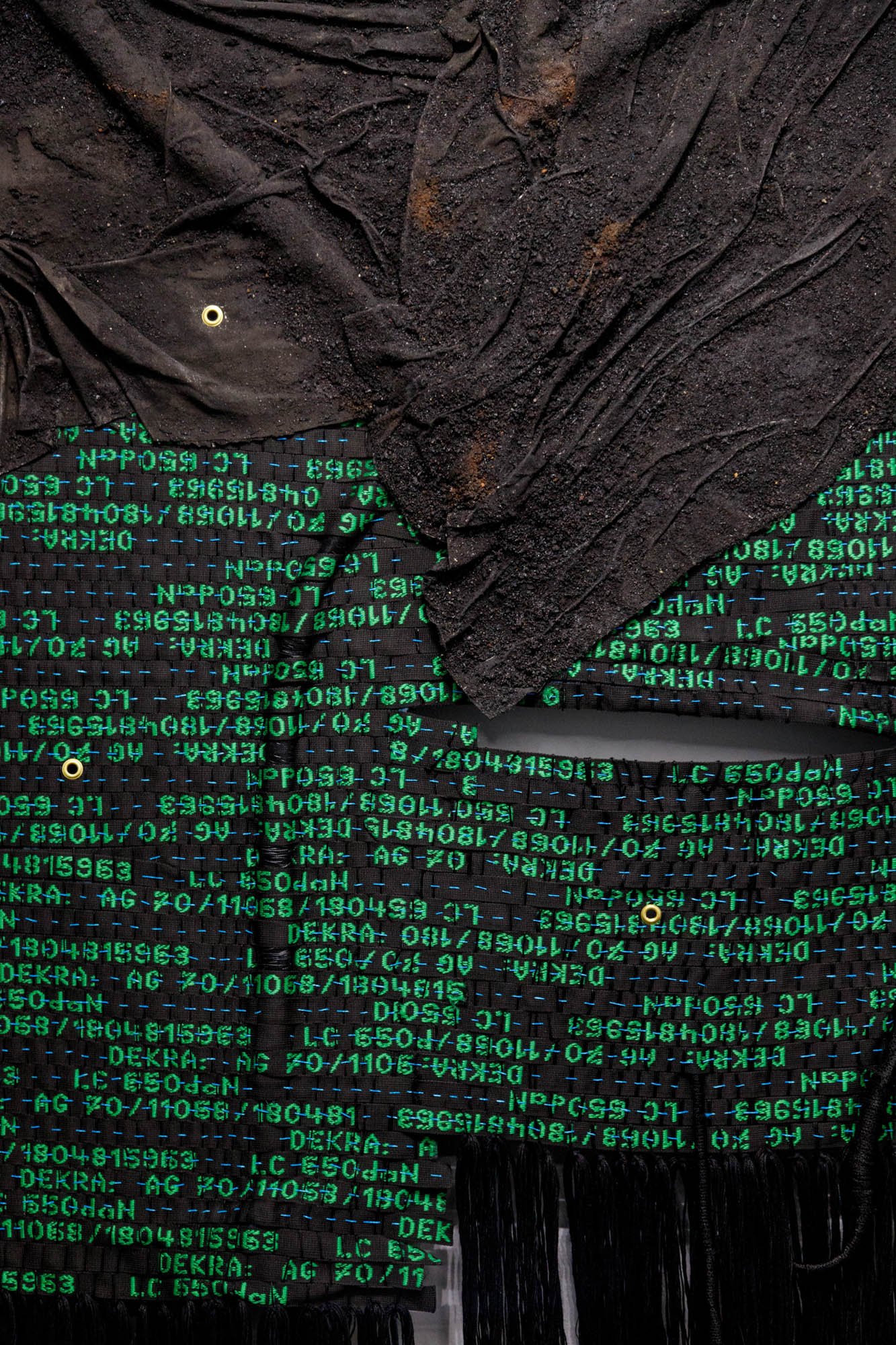
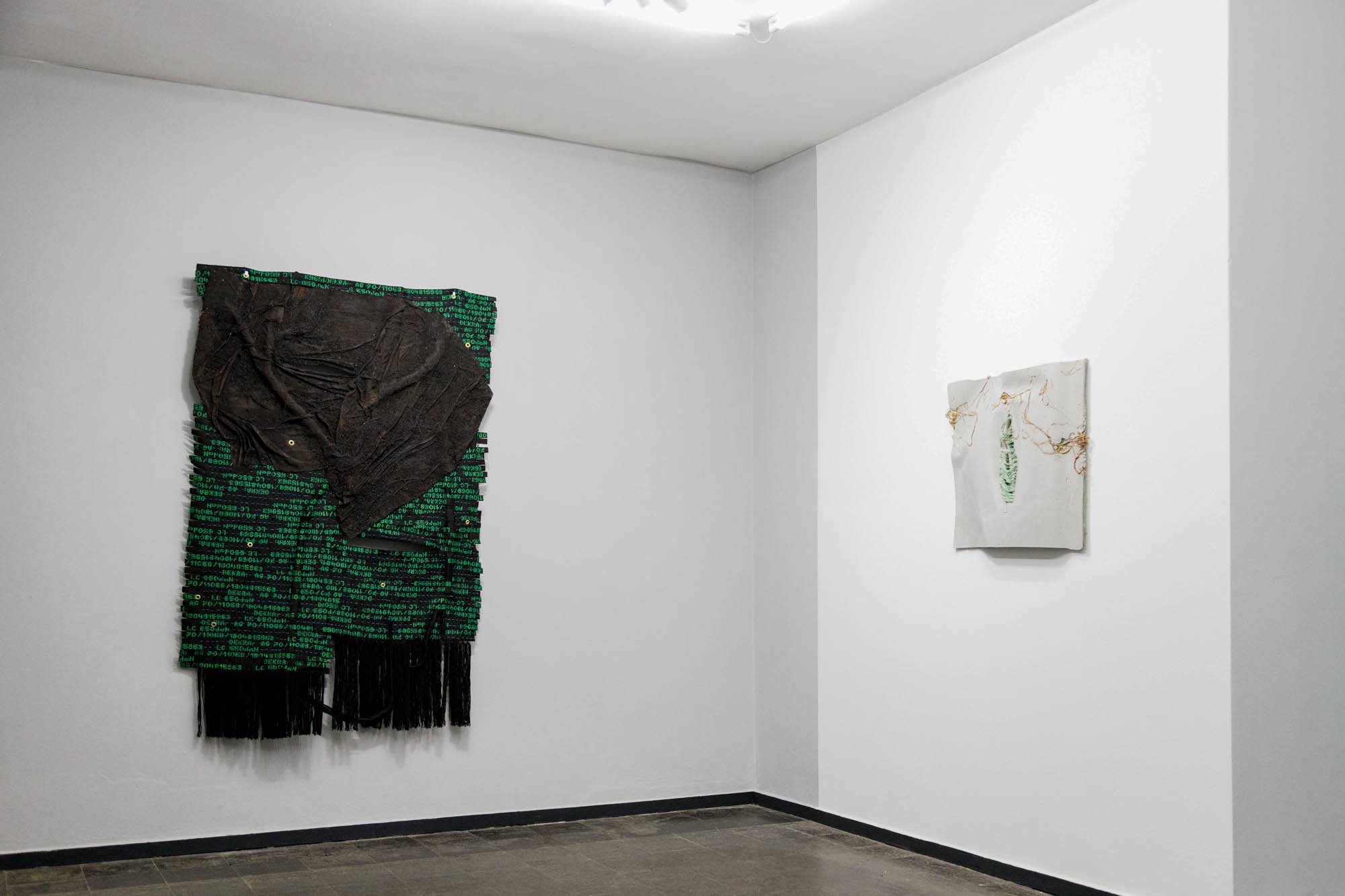
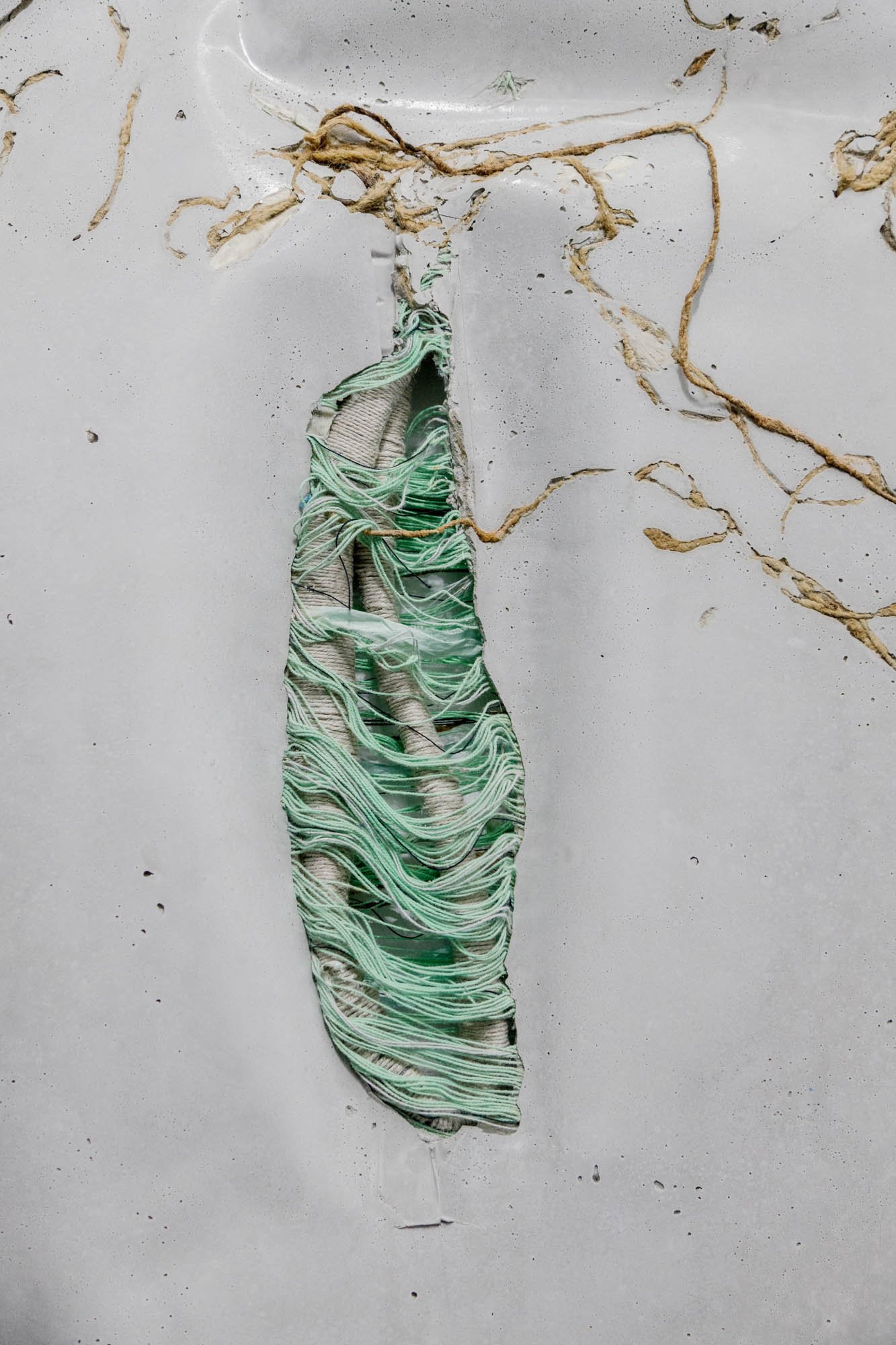

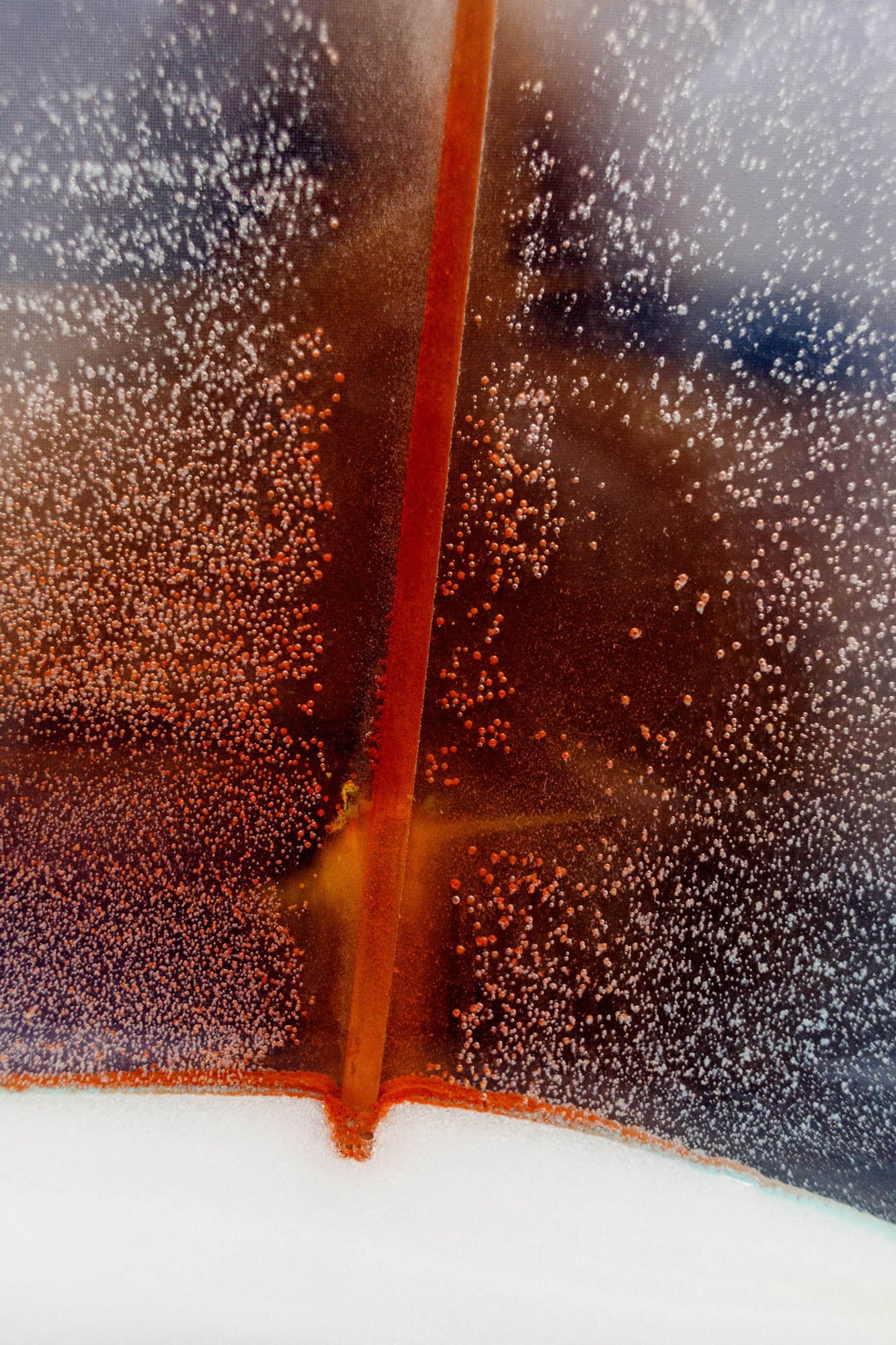
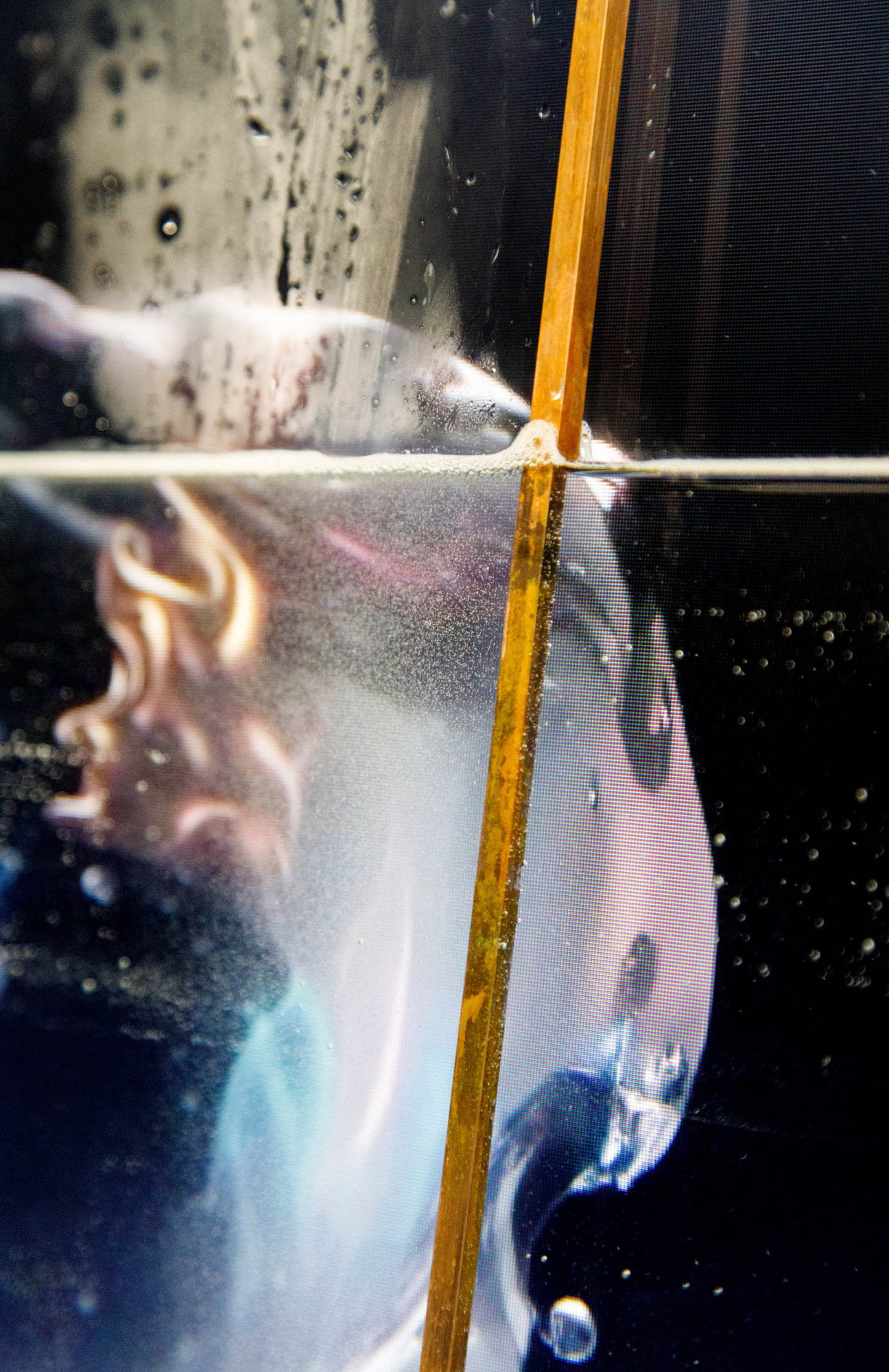
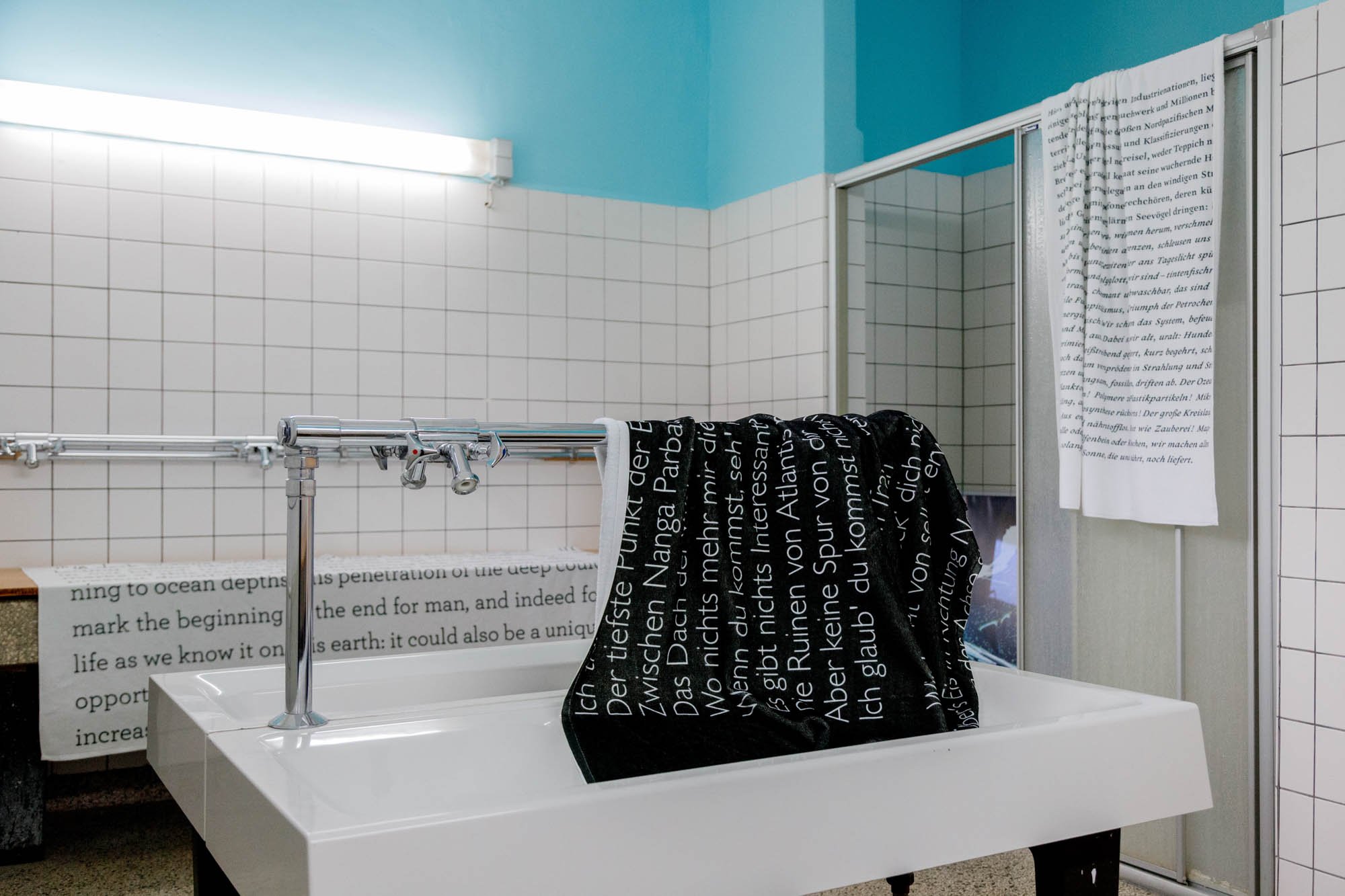
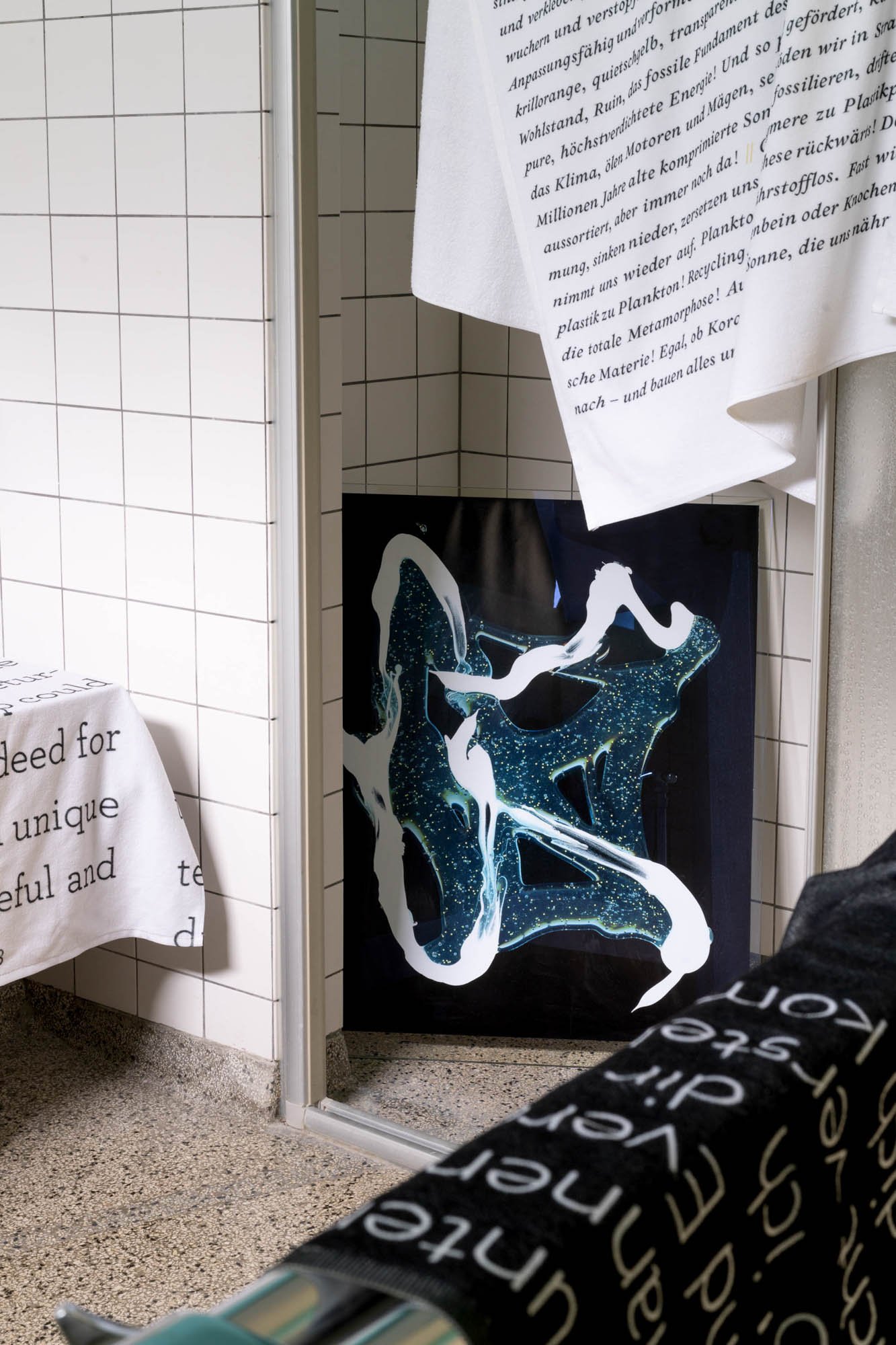

Programme
Vernissage
Fri 24 May 6 – 9 pm
Artist Talk
Fri 21 Jun 6 – 7 pm
Deep Sources and High-End Screens
with Spiros Hadjdjanos, Marei Loellmann and Carolin Seeliger
moderated by Stephan Klee
according to the needs of the audience the
talk will be held in English or German
Finissage
Sat 22 Jun 5 – 8 pm
Deep Shore
Where ocean and shore continue to interact in their tangencies, in their coexistence – deeper beneath the surface – are sub-mediterranean spaces, which bare the ground for many phenomena that affect our society even on land. One could call this dynamic constellation Deep Shore. In this zone, often out of reach for the consciousness and body of most humans, a lot of hidden processes take place, some of which are elementary for our economy, but also for the ecosystems on this planet. Besides intensive economic exploitation for gas, oil and sand, the deep sea covers 54% of our planet's surface and is the vital base for most lifeforms in the higher layers of the atmosphere.
In a playful, partly associative collocation frontviews presents with Spiros Hadjidjanos, Marei Loellmann & Carolin Seeliger three contemporary artists, whose actual works deal with certain aspects of the bigger picture Deep Shore. Being inspired by the simultaneous exhibition SHELTER–BONE in the ground floor of the exhibition Pavillon HAUNT, the curator Stephan Klee conceived these positions in the first floor, which incorporate by material, image and process that provide mental and graspable tangibilities to the general thematic complex Deep Shore.
Spiros Hadjidjanos for instance creates a generative water tank for the exhibition. Inside the glass aquarium, two electric diodes constantly generate a chemical reaction in-between the elements which leads to an increasing sedimentation of the liquid space. This glass tank is combined with a generative digital work based on AI which is shown on a screen behind the glass tank.
In this way, the installation under the title Forward/Reverse Diffusion fuses both generative processes into one visual surface and impression. It sets the focus of the similarities between modular exothermic reactions and the generating, self-running functions of AI programming. While deep-sea bacteria and volcanic underwater scapes depend exactly on exothermic sulfur reactions, also AI- create fixed and defined forms out of an almost self-generating data-execution.
Marei Loellmann shows sculptural works that consist partly of cement mixed with fly ash from the coal industries. So instead of using classic concrete, which causes the hyper need of the building industry for natural marine resources like sand and gravel, Loellmann develops her own types of concrete with waste products. Being aware of the problematic preconditions of industrial concrete, she establishes creative ways to subvert its mass-produced appearance in our daily urban life by deconstructing and rearranging its normed qualities of consistency, shape, colour, and composition completely. Her sculptural forming passes thereby through many phases: from casting, cutting, reassembling, and interweaving with other elements like fabrics, strings, belts, and pigments, just to name a few. As results we find outstanding tapestries and big textile wall pieces, which tell with a high perceivable presence not only about the conditions they were made of but also about alternative approaches to material and production.
Loellmann also follows these principles with volcano ash from La Palma and the intermeshing of several textiles in her new work Mother of Time, Daughter of Destruction, your feet are Light upon the Water, 2024, to create a piece that speaks of the archaic circles and waves of time, represented by eruption and consolidation. In her very own poetic and sensitive way, Loellmann is able to link these basic geographic and economic processes directly to the subjective human body, which exists between these natural and self-triggered dynamics of hyperpower. In this sense, the works appear like a personal suit of permeable armour, a soft DIY shelter, or even a concrete spell against the individual and collective exposure of our current times.
Carolin Seeliger explores in her series Deep Sea the human impact on the sea, especially in seemingly untouched places such as the ocean depths. In an intuitive, almost alchemical process, Seeliger works with sand samples from a marine research institute and products from the beauty industry: emulsions and gel-like substances are spread on a glass plate –
ephemeral, organic forms that are captured photographically in the moment before they dissolve. The shapes evoke associations with a largely unexplored world of deep-sea creatures.
Like estranged, glowing, jellylike, and shimmering pieces of evidence from a world where microplastic and microorganisms share their existence in an absurdly aesthetic way.
Seeliger relates our skin, our outer boundary, to the penetration of untouched places and depths, abstractly addressing our subconscious by showing possibilities of new forms of coexistence.
The spatial combination of the works and positions is not only meant to shift the focus of the visitors to a geographical and botanical special field but also to widen the consideration of the steadily undergoing processes from creation to manifestation, which, at the end of the reaction chains, also define our daily surroundings like industrial fluids based on oil or concrete environments and crystalline devices based on sand.
Stephan Klee
